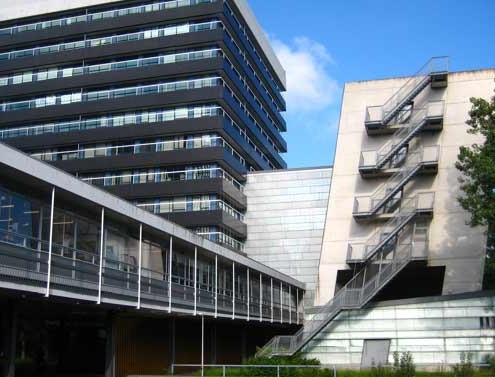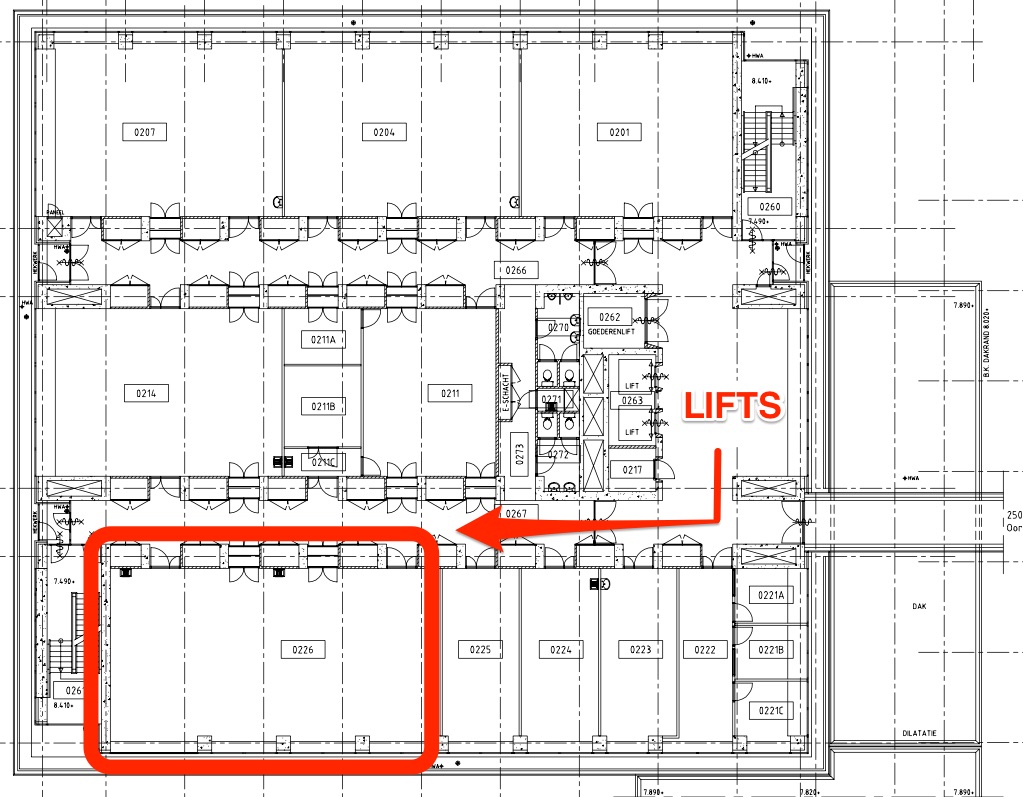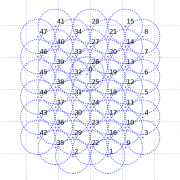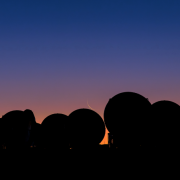EAS2020 – Special Session Nr. 13: Eight years of ALMA ground-breaking results.
We would like to bring to your attention the special session ‘Eight years of ALMA ground-breaking results: A joint venture between the ALMA user community and the ALMA Regional Centres‘ that is organised as part of the yearly meeting of the European Astronomical Society. The conference will take place in Leiden, The Netherlands, on June 29 – July 3, 2020. The Special Session No. 13 will be held on the last day of the conference (July 3rd).
The Special Session SS13 will focus on scientific results that emphasise the connection between the ALMA users and the EU ARC network, and include:
- Scientific highlights from large programs.
- Scientific results from special modes with EU-specific strengths:
high frequencies, polarization, solar observations, deep fields, data combination. - Results based on archival research and data mining.
- Community and EU ARC network software/tools development.
- Optimization of observations setup and data calibration.
- Computing facilities for data reduction and analysis.
For more information on the SS13, please visit this link.
For general information on the EAS 2020, please click here.
Abstract submission is open for the SS13 in a form of oral or poster presentations. In order to submit your abstract, please visit the Abstract portal:
Sincerely,
The EAS2020 SS13 SOC.











